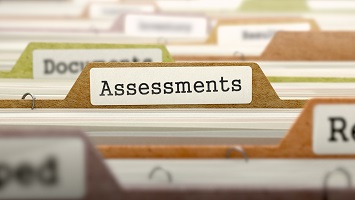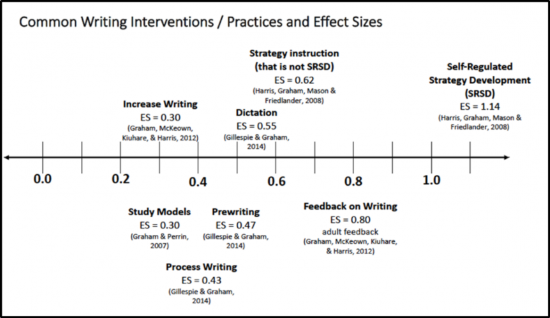While the concept of specially designed instruction is the basis upon which special education is constructed, educators who have the duty to develop and implement individualized education plans often misunderstand it.
Quiz time!
Specially designed instruction is:
- instruction matched for a student’s readiness level, interests, and preferred mode of learning in four areas: 1) content, 2) process, 3) product, and 4) learning environment
- a variety of instructional techniques used to provide successive levels of temporary support to help students reach higher levels of comprehension and skill acquisition than they would without assistance
- adapting, as appropriate, the content, methodology, or delivery of instruction to address the unique needs of a child that results from the child’s disability; and ensuring the child’s access to the general curriculum so that he or she can meet the educational standards adopted by the State
The answer is “3”.
SDI is a carefully planned and monitored set of instructional supports provided to a student based on his/her learning needs that are designed to remove barriers resulting from the student’s disability. SDI addresses both content and the delivery of instruction. It may include accommodations, modifications, and adaptations to instructional methods, materials, techniques, media, physical settings, or environments. Needed accommodations are identified through an individualized planning process that aligns the student’s present level of performance with his or her individualized goals.
And for people (like me) who just have to know:
- is the definition of differentiation
- is the definition of scaffolding.
I’ll dedicate my next blog post on distinguishing between accommodations and modifications! Come back soon!


 Data-Driven Decision-Making
Data-Driven Decision-Making  Increasing Post-School Success through Interagency Collaboration
Increasing Post-School Success through Interagency Collaboration  How Can We Improve Deeper Learning for Students with Disabilities?
How Can We Improve Deeper Learning for Students with Disabilities?  Positive Classroom Management: Creating an Environment for Learning
Positive Classroom Management: Creating an Environment for Learning  Self-Determination Skills Empower Students of All Ages
Self-Determination Skills Empower Students of All Ages  Fidelity of Implementation: What is it and Why does it Matter?
Fidelity of Implementation: What is it and Why does it Matter?  Rethinking Classroom Assessment
Rethinking Classroom Assessment  A Three-Step Approach to Identifying Developmentally Appropriate Practices
A Three-Step Approach to Identifying Developmentally Appropriate Practices  Transforming Evidence-Based Practices into Usable Innovations: A Case Study with SRSD
Transforming Evidence-Based Practices into Usable Innovations: A Case Study with SRSD